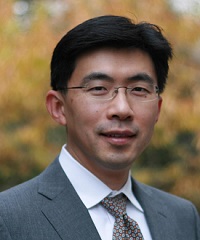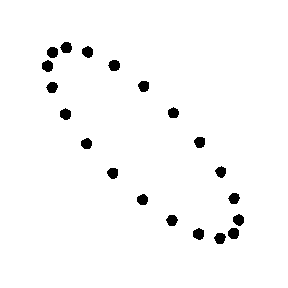
Magneto-ionics could be a new alternative to electronics
Our electronic devices are based on what happens when different materials are layered together: “The interface is the device,†as Nobel laureate Herbert Kroemer famously claimed over 40 years ago.








